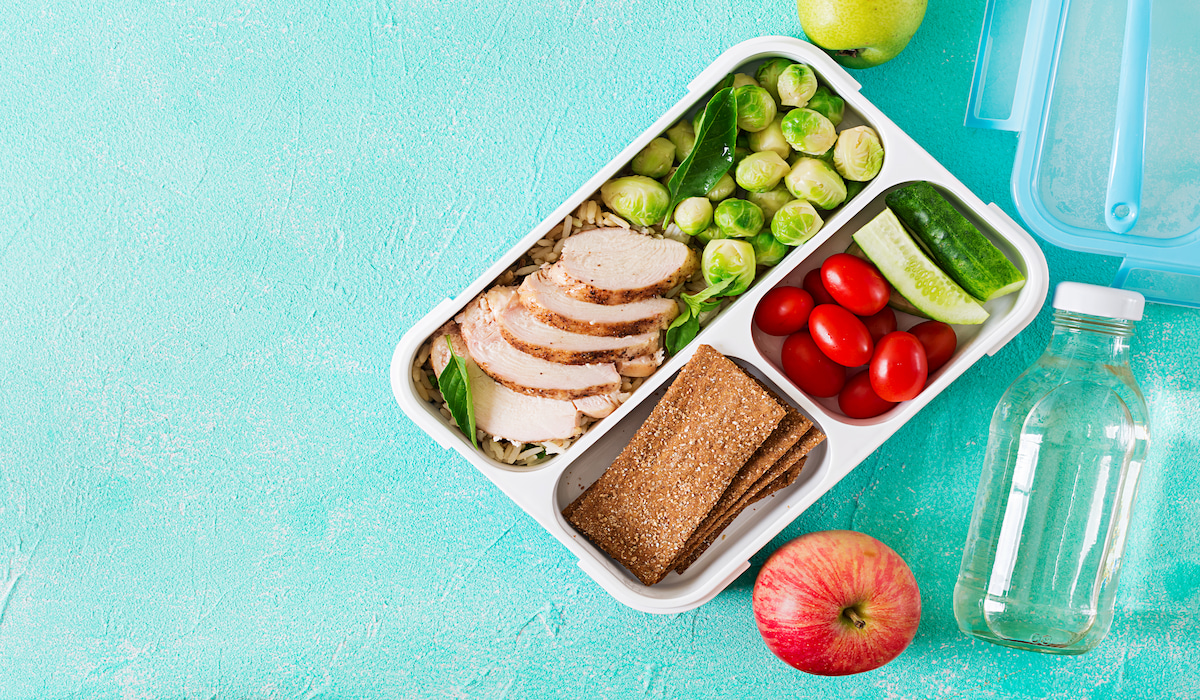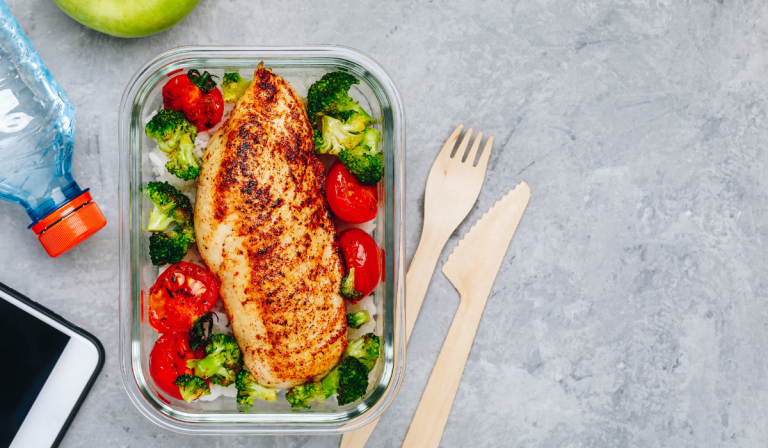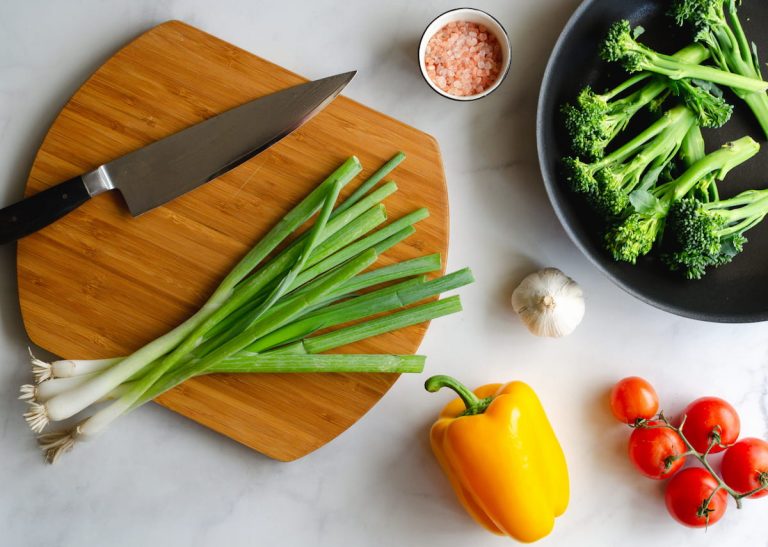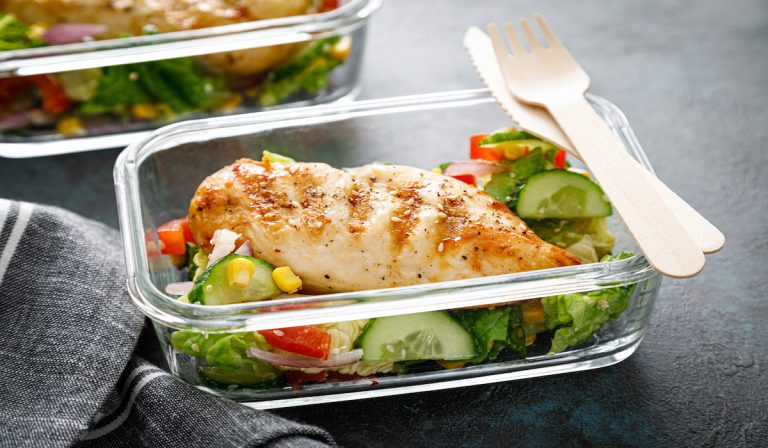Can You Microwave Meal Prep Containers? (All You Need to Know!)
Microwaves have become an invaluable asset in any kitchen, especially for the budding meal prepper.
For those coming home after a long day and wanting an easy meal prepared in advance, the microwave is one of the most efficient and quick ways to get your food piping hot.
But are those containers you placed your portions in safe for the microwave?
That answer depends entirely on what you use to portion things in for the week.
If you stick to containers made of glass or ceramic, you can absolutely go from fridge to microwave without having to waste an extra dish.
If you are using plastic, however, you are going to have to reconsider what you may have previously thought of as microwave safe.
In this article, we will go over what you can use safely in the microwave, tips to avoid hazards and health concerns when using your trusty kitchen aid, and much more!
Microwave Friendly Containers
Everyone has been at work, at a friend’s house, or even with family and seen them reheating some leftovers in a plastic container.
If you are like me, you may have even thought nothing of it. Unfortunately, heating plastic in the microwave is not safe or good for you.
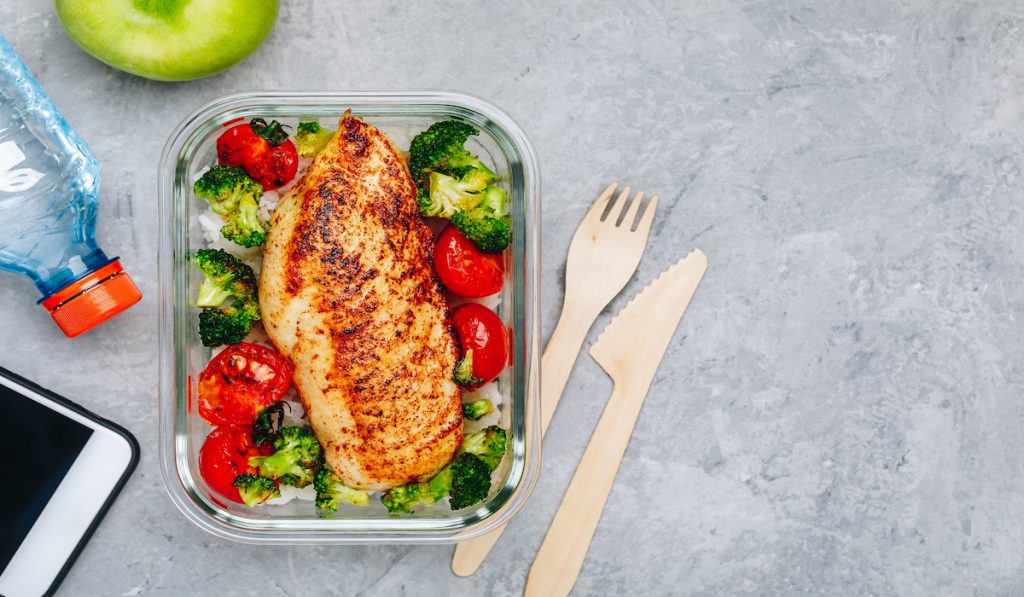
Glass
One of the most popular materials for the average prepper, glass is a fantastic option for your weekly servings of breakfast, lunch, and dinner!
Not only is this transparent substance perfectly safe to use in a microwave, but you can also easily clean it without fear of leaving deep, permanent stains on the surface like you may experience with plastic alternatives.
On top of all this, you are more likely to get well-distributed heat throughout your food, unlike alternatives that may leave nauseating cold spots in the middle of your meal.
If you are going to be eating microwave dinners you prepared yourself, you owe it to your palette to at least warm it properly. There are few things grosser than a warm meal with a surprise cold pocket every few bites.
Ceramic
Few things are easier to clean, less chemically intrusive, and more visually appealing than ceramic containers.
Ceramic is an environmentally efficient option. It also has the added benefit of being impermeable, so you don’t have to worry about your food being lightly irradiated by harmful toxins like you would with plastic containers that are not microwave safe.
This is without mentioning the several different colors and design choices you can select when picking out ceramic containers.
So if you want to be eco-conscious while also sporting a very aesthetically pleasing group of containers, ceramic may be the perfect choice.
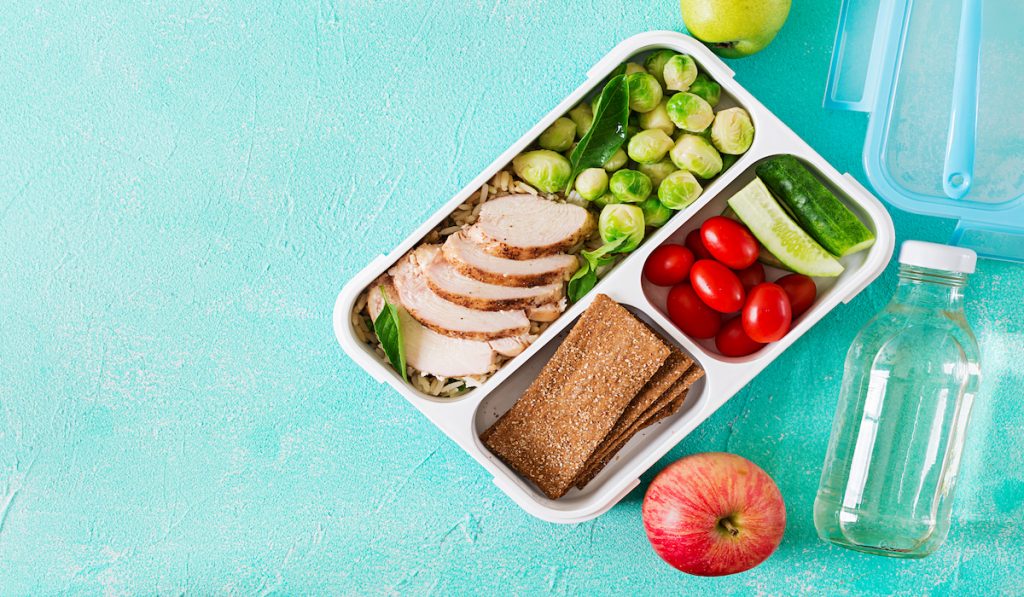
Microwave-Safe Plastic
It can be complicated to discern what is microwave friendly and what is not.
If you are ever concerned about the safety of plastic containers, you can check for a microwave symbol with squiggly lines inside of the microwave image. This tells you that the container in question is microwave safe and you can confidently heat up food in these storage items.
When looking for safe plastic alternatives, you want to ensure that the container is made of polypropylene, also known as plastic #5.
You should always check that your plastic containers are microwavable before purchasing them if you plan to use them both for storage and reheating. No brand of containers that I have found in my research is universally microwave friendly, so be sure to check for the signs I have listed here yourself.
The same can be said for plastic lids. If you have a microwave-safe container with a plastic top, remove it or confirm its ability to be microwaved before placing it in the microwave with the container.
What to Avoid in the Microwave
There are several things to avoid when dealing with microwave safety, not including your proximity to it. Contrary to popular belief and warnings from concerned relatives, you will not face severe medical repercussions for standing within a few feet of the microwave.
But you can have chemicals from unsafe microwavable containers leak into your food through a process known as “leaching.”
Styrofoam
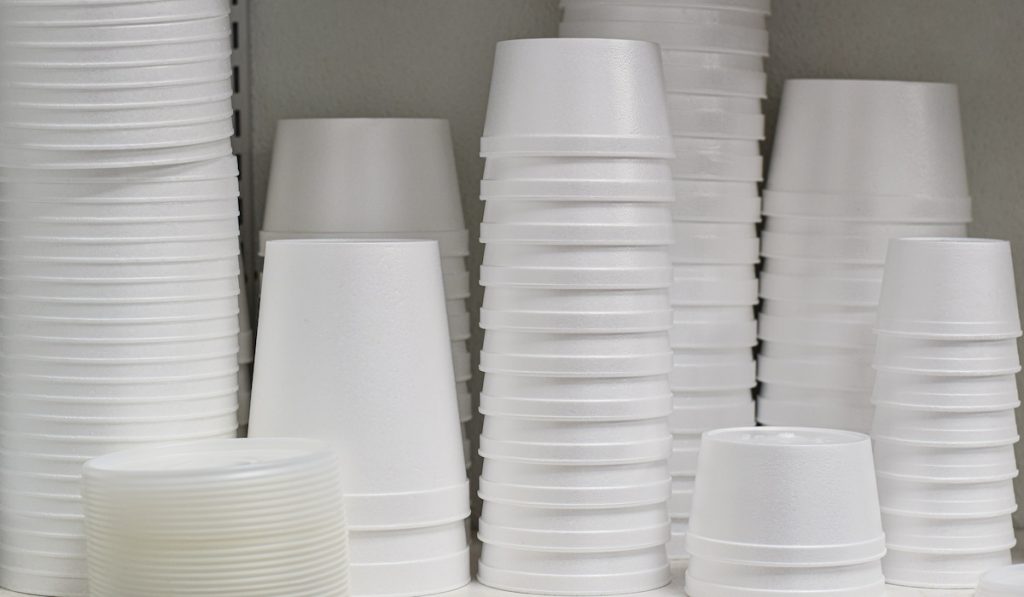
I shudder to think about the harmful chemicals I have allowed into my body from countless styrofoam ramen cups in my younger years, but better late than never.
The leaching process can happen just as easily through styrofoam containers as it can through plastic or other unsafe materials.
This is only made worse by the fact that your food can get so hot inside the styrofoam that it will burn through the bottom, leaving an unfortunate mess for you to clean up.
Like plastic, some styrofoam containers are microwave-safe, but you should always check the package for the go-ahead (microwave-safe image) before blindly throwing in your next cup of Maruchan.
Aluminum
Anyone who has made this mistake has quickly learned why aluminum is not an appropriate material for the inside of a microwave.
If you want to create a miniature fourth of July, localized entirely in your microwave, then throw some aluminum foil in there (this is a joke, under no circumstances should you do this).
Due to the way microwaves work, aluminum will begin to spark and eventually turn to flames. This not only could ruin the appliance itself but could cause a fire that could lead to your house burning down or other horrifically fatal possibilities.
Seriously friends, avoid aluminum in your microwave at all costs.
Paper

When using paper containers, you should be sure that what you are heating is microwave-safe.
Most paper plates are usually acceptable for microwaves, while a grocery bag is a recipe for disaster. The same can be said for lunch bags or brown paper bags, as they can quickly catch fire from the excess heat in a microwave.
Funny enough, most paper towels are actually perfectly fine in the microwave and work as an impromptu cover for many foods to avoid “spitting” during the heating process.
Items With Metallic Linings
If you have something like a container or mason jar with an airtight seal, it probably also comes with a metallic top or a top with a metallic lining.
While the glass itself is perfectly fine for the microwave, the metallic part is very unsafe and should be removed prior to heating any food you have planned for dinner. The damage of metal in the microwave can be as minor as a few sparks to an internal fire and can potentially break your microwave.
This is not only an inconvenience, but most meal preppers can pretty much ensure that a majority of their food will go to waste unless heated in a microwave-safe container.
Anything Metal
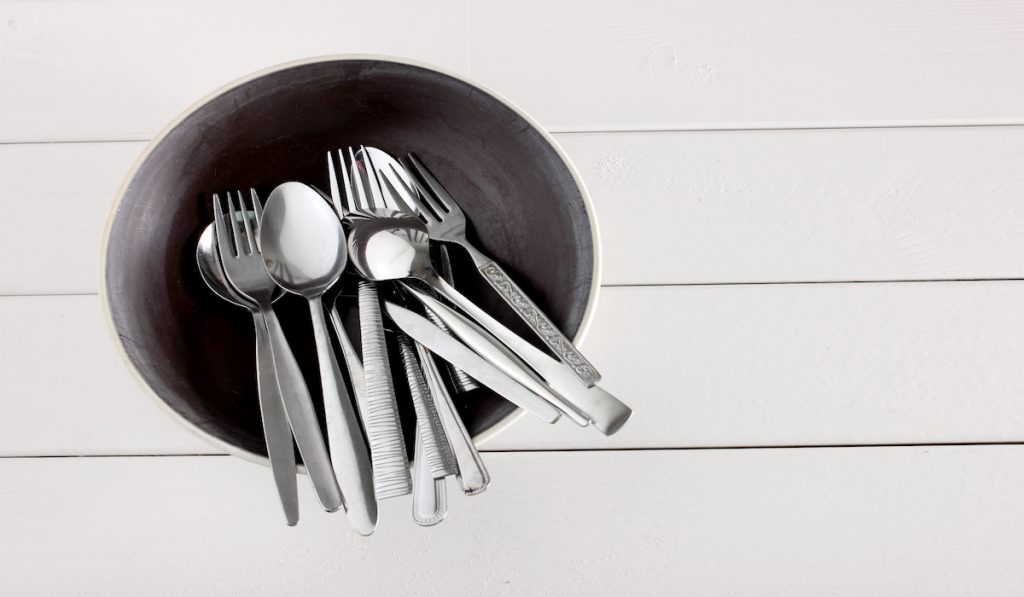
In the same vein as the previous suggestion, anything made of metal, including your thermos, utensils, or even some containers, is a bad move for reheating.
The way microwaves work makes it impossible for metal to be placed inside without the risk of serious side effects that include sparks, melting material, flames, and even the destruction of your microwave.
You won’t always burn the house down with a spoon or fork but realize that when you put them inside a microwave, you risk serious property damage.
Conclusion
For a busy meal prepper, microwaves can often be essential for your week. So you don’t need any unnecessary issues arising from your trusty kitchen tool, much less a ruined dinner.
Keep your portions safe in glass, ceramic, or microwave-safe plastic, and you will never have to worry about the harmful effects of leaching or burnt containers again!
